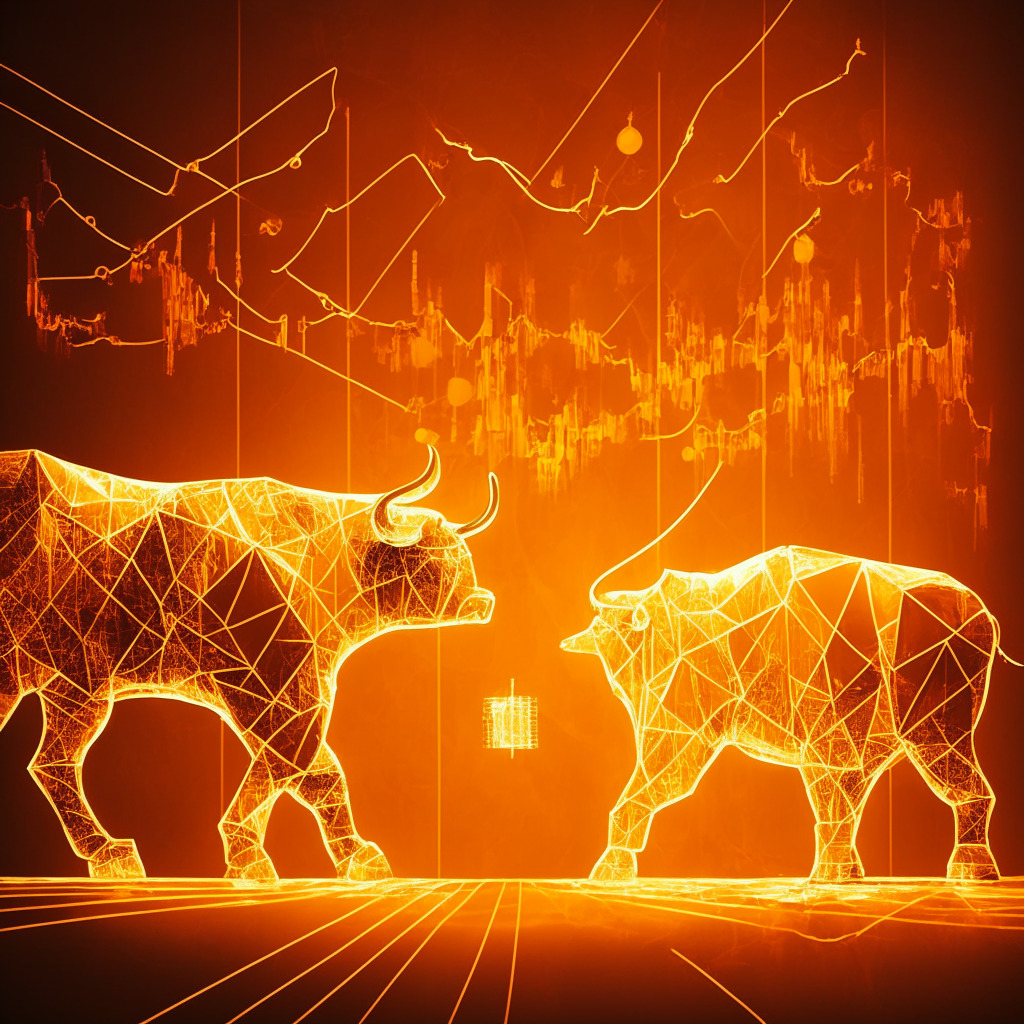Bitcoin (BTC) seems to be entering a new “speculation cycle,” a pattern typical of a bull run, according to recent analysis. Philip Swift, creator of data resource LookIntoBitcoin and co-founder of trading suite Decentrader, revealed that the RHODL Ratio metric points to history repeating itself.
The RHODL Ratio is a method of tracking BTC price behavior based on the realized price of the supply – the price at which coins last moved. Introduced by Swift in 2020, the ratio compares the relative ages of coins that moved one week ago to those that moved 1-2 years ago. This comparison gives insight into the relative activity of short-term holders (STHs) and long-term holders (LTHs) and, by extension, the degree of speculation in the market.
Currently, the RHODL is bouncing higher after hitting its green accumulation zone at the end of 2022. At that time, Swift told Cointelegraph that Bitcoin was “at the point of maximum opportunity.” This assertion has since been proven true, as BTC/USD gained 70% in Q1 2023. Its descent toward that point coincided with Bitcoin’s own retreat to macro lows.
With speculative activity seemingly increasing, Swift believes that a new bull cycle is already underway. “When I created the bitcoin RHODL Ratio indicator in 2020, one thing that struck me was how it showed a new bull run forming…when the ratio value of younger coins began to increase. Which is where we are right now,” he commented. “Don’t panic about small price pullbacks. Zoom out.”
Swift’s conviction is shared by others in the crypto community. Checkmate, the lead on-chain analyst at Glassnode, called RHODL Ratio “one of the greatest onchain finds.” An accompanying chart, however, noted that the 2021 bull market did not see a similar move for RHODL when compared to Bitcoin’s prior all-time high in late 2017.
On shorter timeframes, Swift argued that market participants remain risk-averse on crypto markets. This conclusion was based on a scan of funding rates on exchanges, with multiple “bearish” ratings for Bitcoin generated by Decentrader concerning open interest and long/short ratio in addition to funding rates themselves. “Market is still fearful/depressed/uninterested…” he summarized.
Earlier this month, Swift provided an updated forecast on the possible future of Bitcoin in the final year before its next block subsidy halving. Among other possibilities, a return to $20,000 is not out of the question.
Despite the overall optimism for the future of Bitcoin and its increased speculation, investors should always conduct their own research and exercise caution when making decisions since every investment and trading move involves risk.
Source: Cointelegraph




